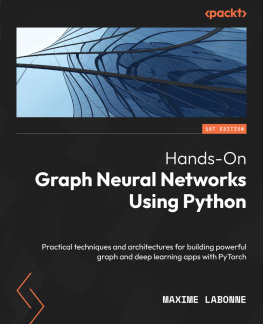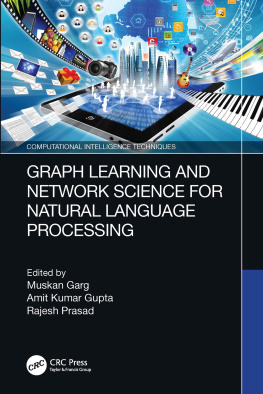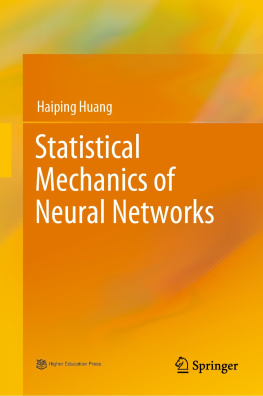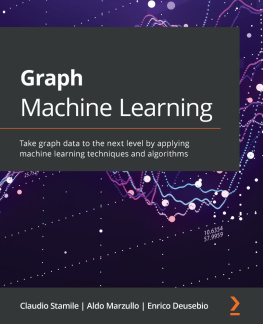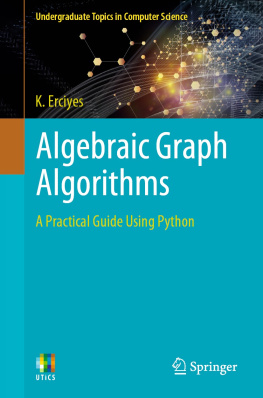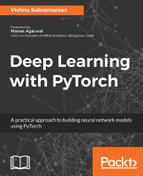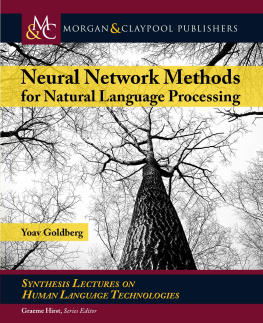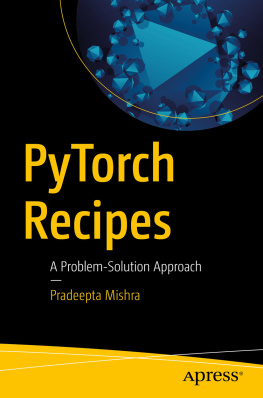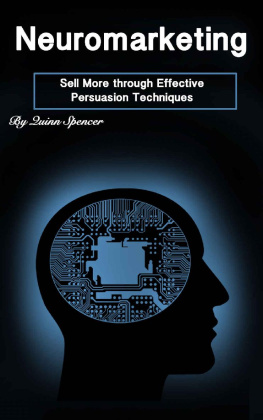Hands-On Graph Neural Networks Using Python
Practical techniques and architectures for building powerful graph and deep learning apps with PyTorch
Maxime Labonne

BIRMINGHAMMUMBAI
Hands-On Graph Neural Networks Using Python
Copyright 2023 Packt Publishing
All rights reserved. No part of this book may be reproduced, stored in a retrieval system, or transmitted in any form or by any means, without the prior written permission of the publisher, except in the case of brief quotations embedded in critical articles or reviews.
Every effort has been made in the preparation of this book to ensure the accuracy of the information presented. However, the information contained in this book is sold without warranty, either express or implied. Neither the author, nor Packt Publishing or its dealers and distributors, will be held liable for any damages caused or alleged to have been caused directly or indirectly by this book.
Packt Publishing has endeavored to provide trademark information about all of the companies and products mentioned in this book by the appropriate use of capitals. However, Packt Publishing cannot guarantee the accuracy of this information.
Group Product Manager: Gebin George
Publishing Product Manager: Dinesh Chaudhary
Senior Editor: David Sugarman
Technical Editor: Devanshi Ayare
Copy Editor: Safis Editing
Project Coordinator: Farheen Fathima
Proofreader: Safis Editing
Indexer: Tejal Daruwale Soni
Production Designer: Joshua Misquitta
First published: April 2023
Production reference: 1240323
Published by Packt Publishing Ltd.
Livery Place
35 Livery Street
Birmingham
B3 2PB, UK.
ISBN 978-1-80461-752-6
www.packtpub.com
Contributors
About the author
Maxime Labonne is a senior applied researcher at J.P. Morgan with a Ph.D. in machine learning and cyber security from the Polytechnic Institute of Paris. During his Ph.D., Maxime worked on developing machine learning algorithms for anomaly detection in computer networks. He then joined the AI Connectivity Lab at Airbus, where he applied his expertise in machine learning to improve the security and performance of computer networks. He then joined J.P. Morgan, where he now develops techniques for solving a variety of challenging problems in finance and other domains. In addition to his research work, Maxime is passionate about sharing his knowledge and experience with others through Twitter (@maximelabonne) and his personal blog.
About the reviewers
Dr. Mrsel Tagn is a computer scientist with a Ph.D. He graduated from the Computer Engineering Department of Middle East Technical University in 2002. He completed his master of science and Ph.D. in the Computer Engineering Department of Bogazici University. During his Ph.D., he worked in the field of complex systems, graphs, and ML. He also worked in industry in technical, research, and managerial roles (at Mostly.AI, KKB, Turkcell, and Akbank). Dr. Mrsel Tagns current focus is mainly on generative AI, graph machine learning, and financial applications of machine learning. He also teaches artificial intelligence (AI)/ML courses at universities.
I would like to thank my dear wife Zehra and precious son Kerem for their support and understanding during my long working hours.
Amir Shirian is a data scientist at Nokia, where he applies his expertise in multimodal signal processing and ML to solve complex problems. He received his Ph.D. in computer science from the University of Warwick, England, after completing his bachelor of science and master of science degrees in electrical engineering at the University of Tehran, Iran. Amirs research focuses on developing algorithms and models for emotion and behavior understanding, with a particular interest in using graph neural networks to analyze and interpret data from multiple sources. His work has been published in several high-profile academic journals and presented at international conferences. Amir enjoys hiking, playing 3tar, and exploring new technologies in his free time.
Lorenzo Giusti is a Ph.D. student in data science at La Sapienza, University of Rome, with a focus on extending graph neural networks through topological deep learning. He has extensive research experience as a visiting Ph.D. student at Cambridge, as a research scientist intern at NASA, where he supervised a team and led a project on synthesizing the Martian environment using images from spacecraft cameras, and as a research scientist intern at CERN, working on anomaly detection for particle physics accelerators. Lorenzo also has a master of science in data science from La Sapienza and a bachelor of engineering in computer engineering from Roma Tre University, where he focused on quantum technologies.

